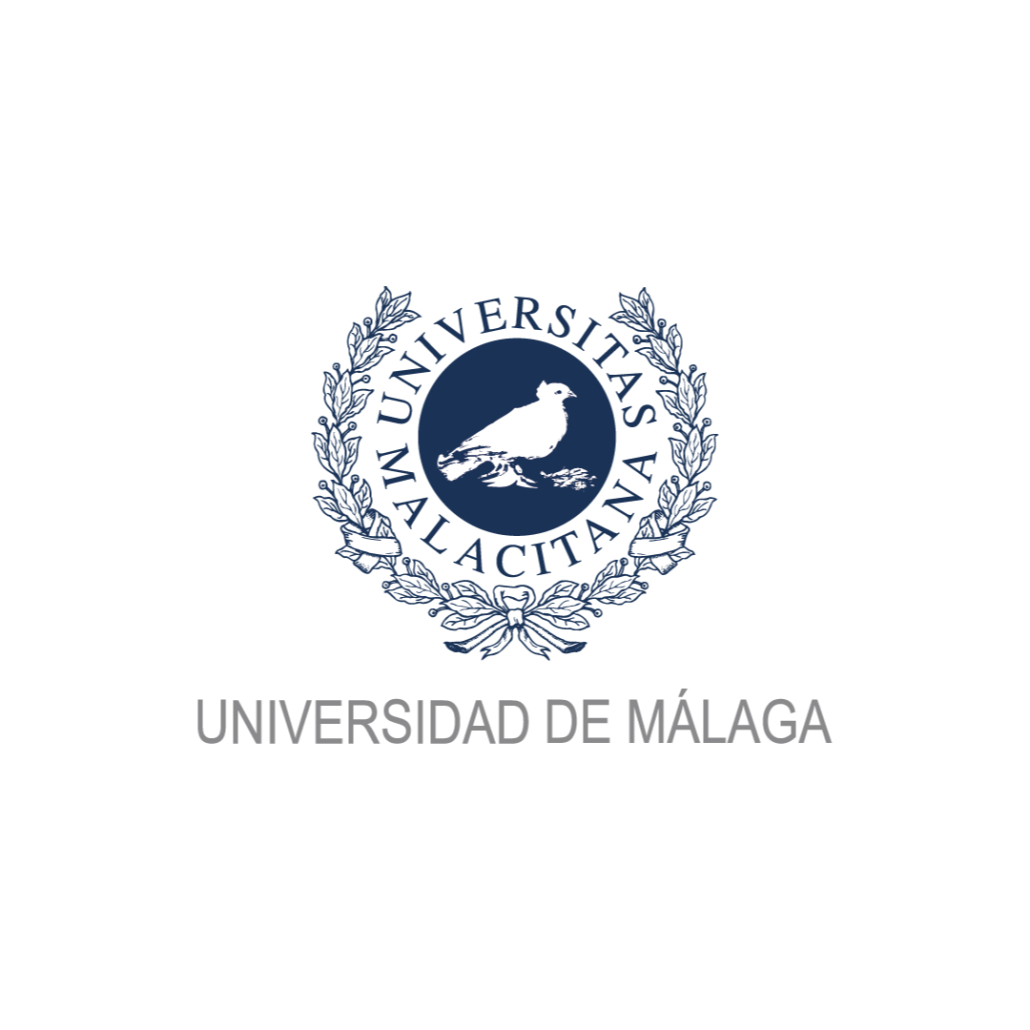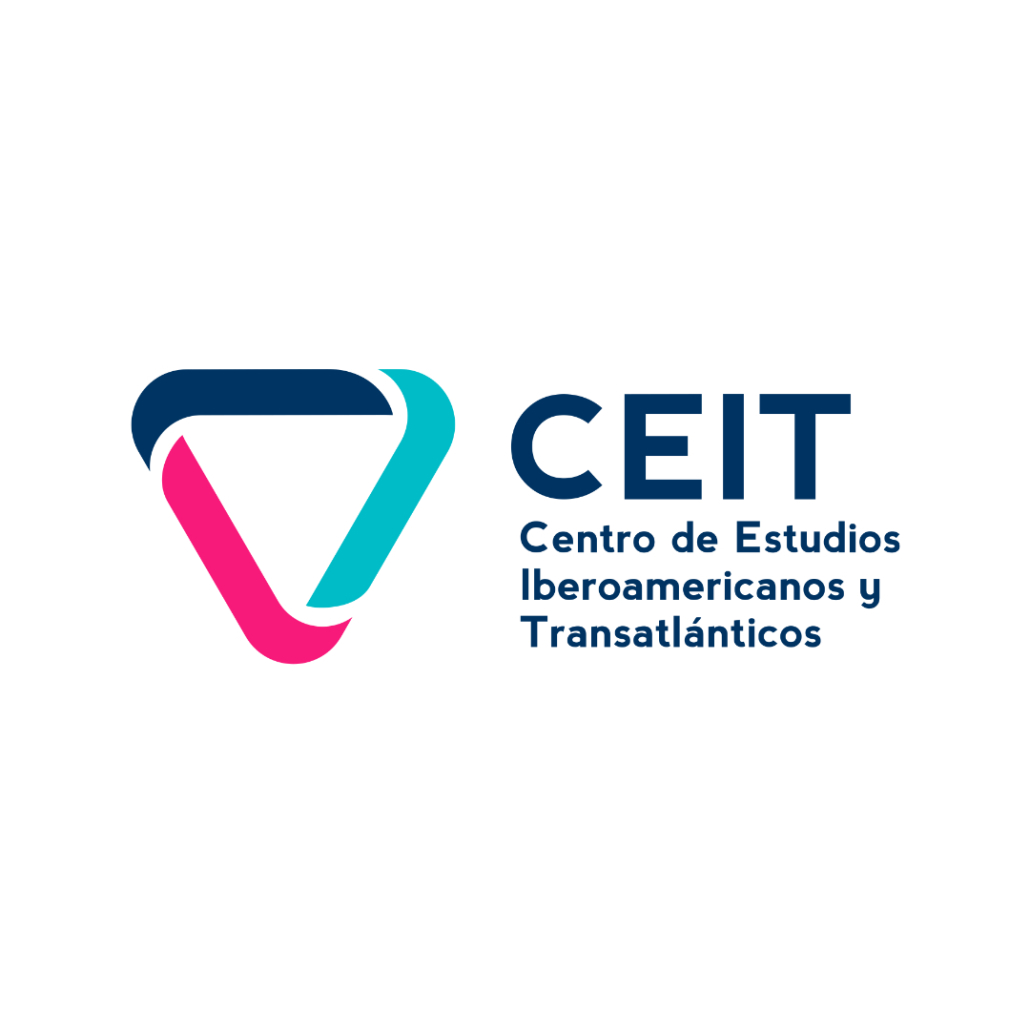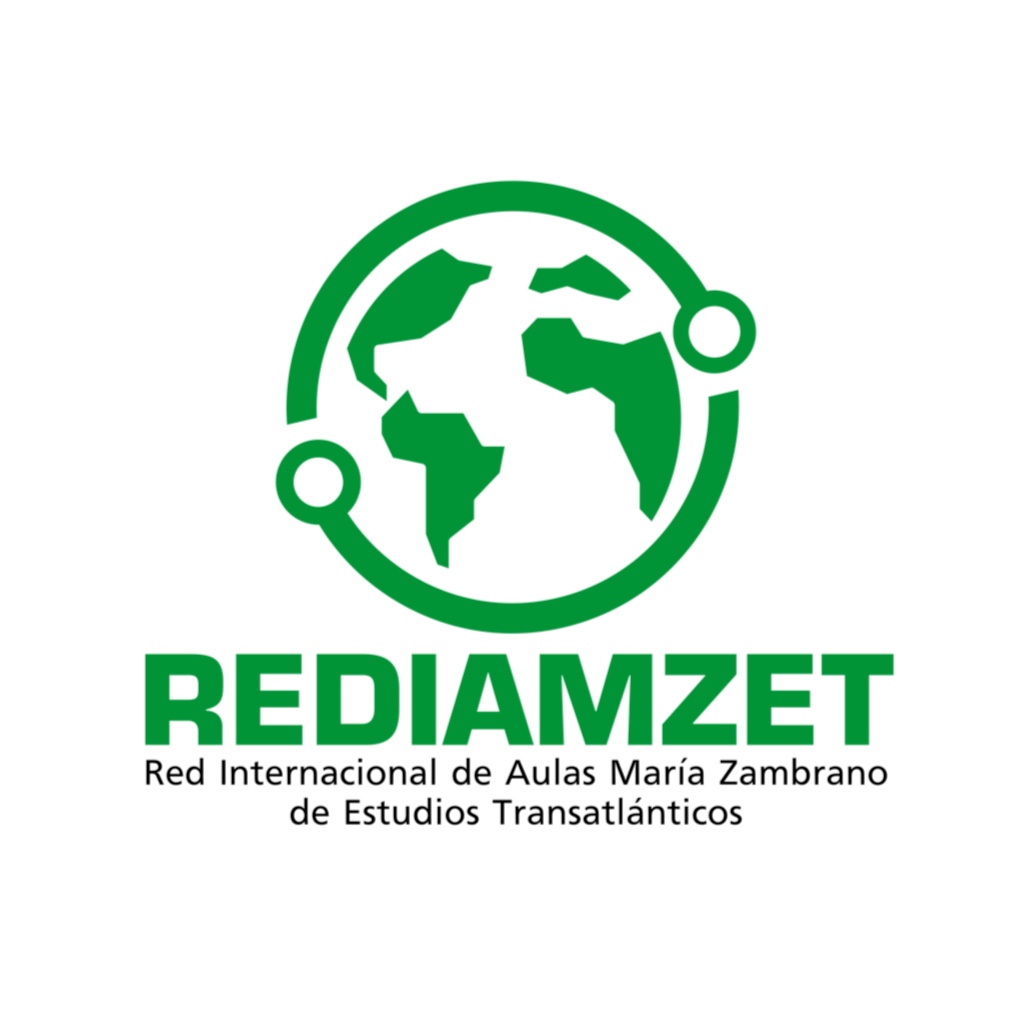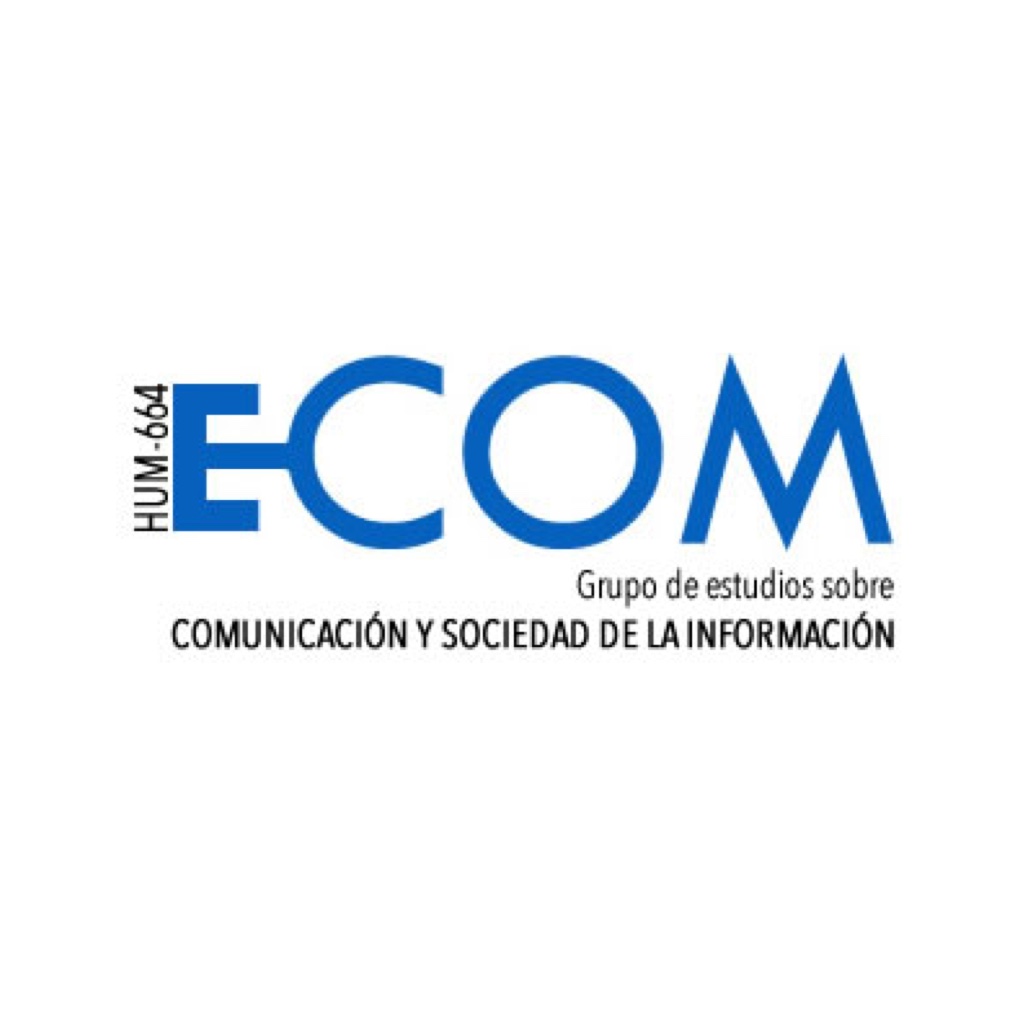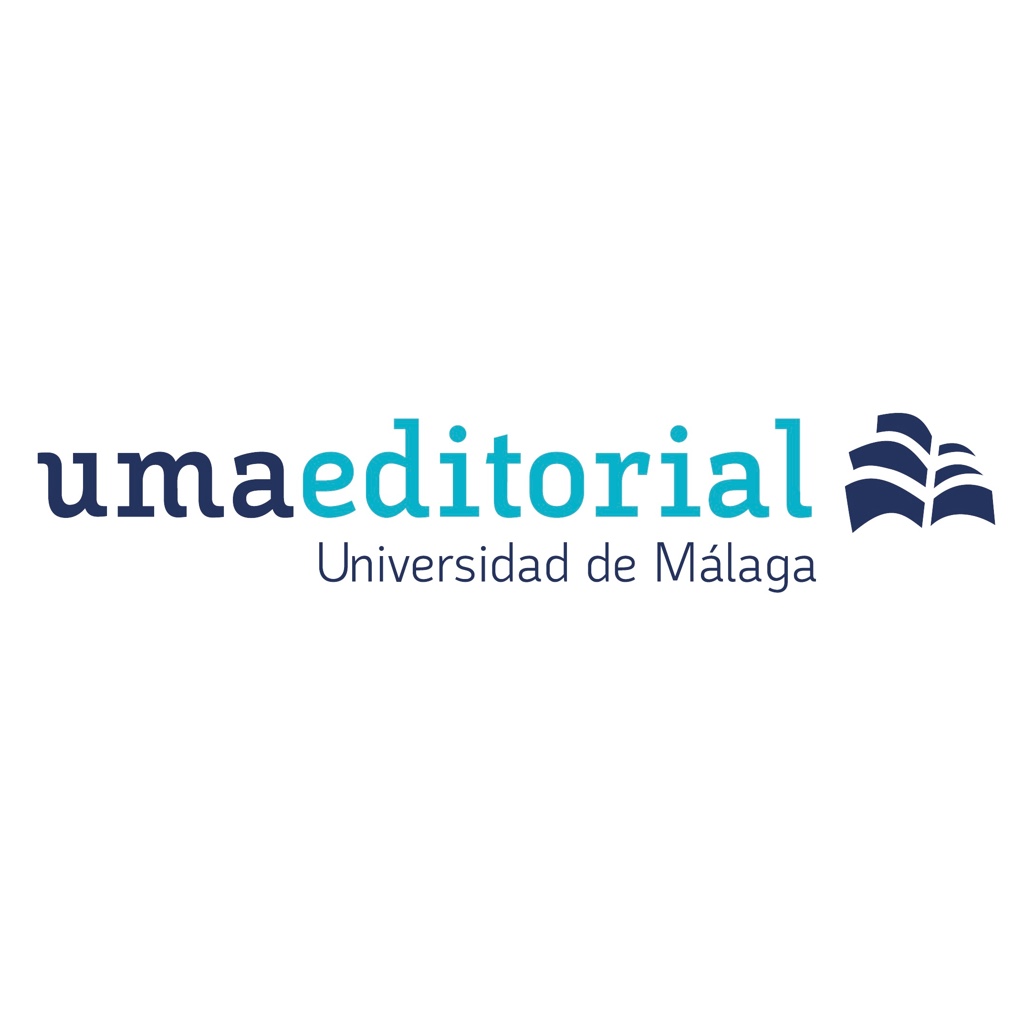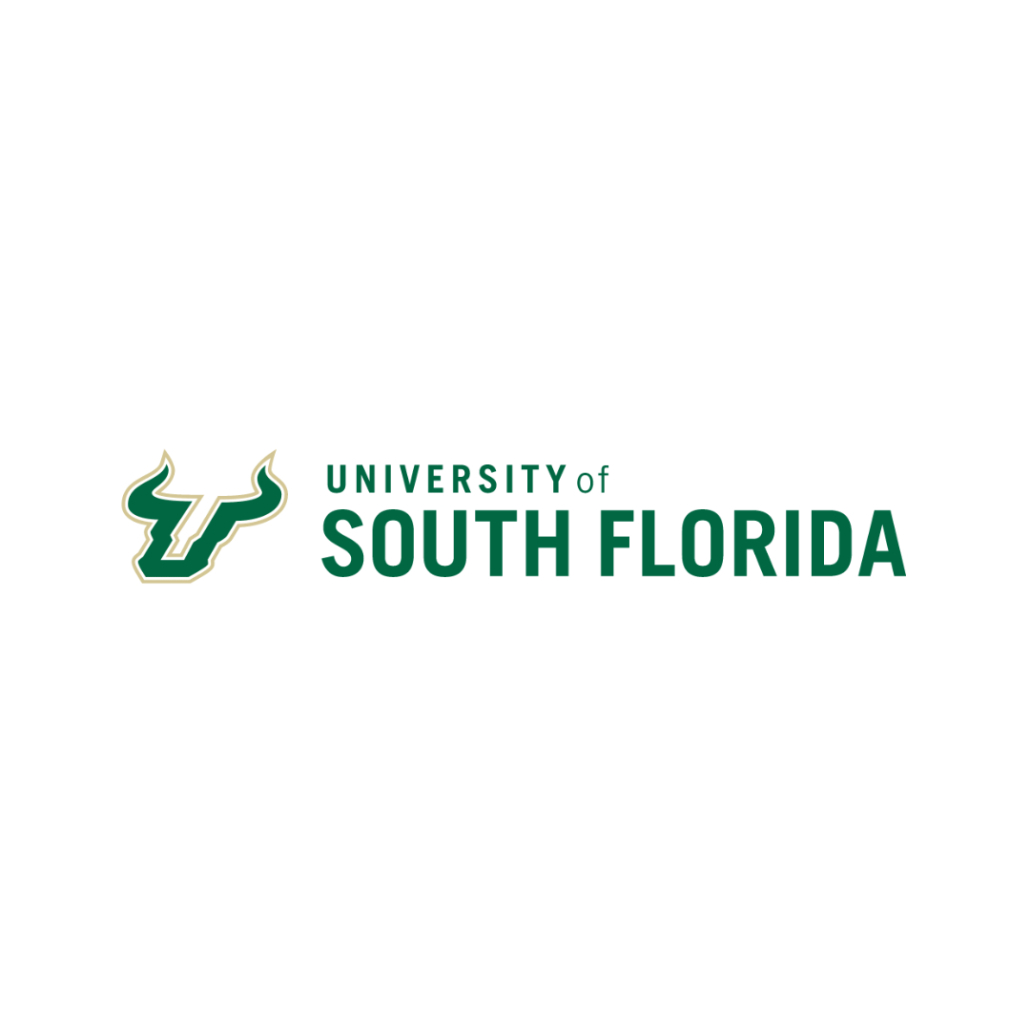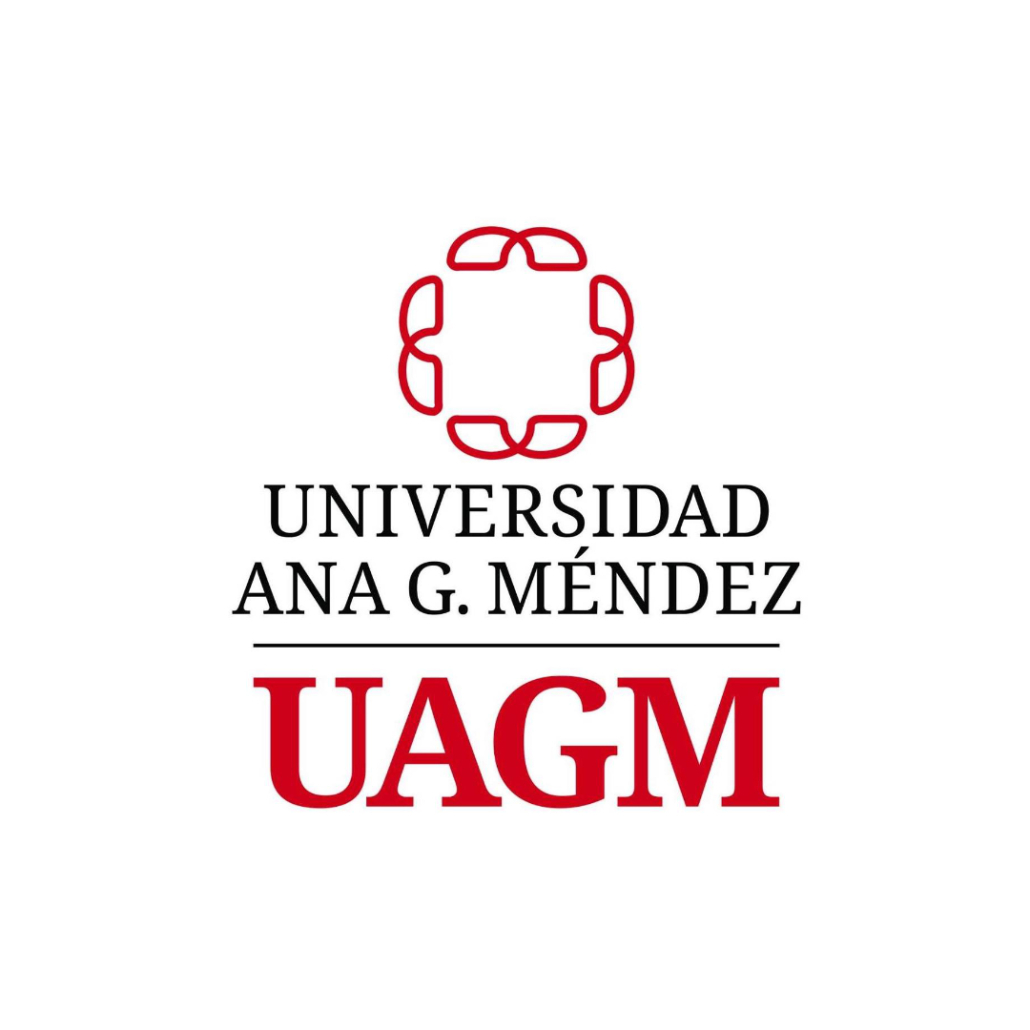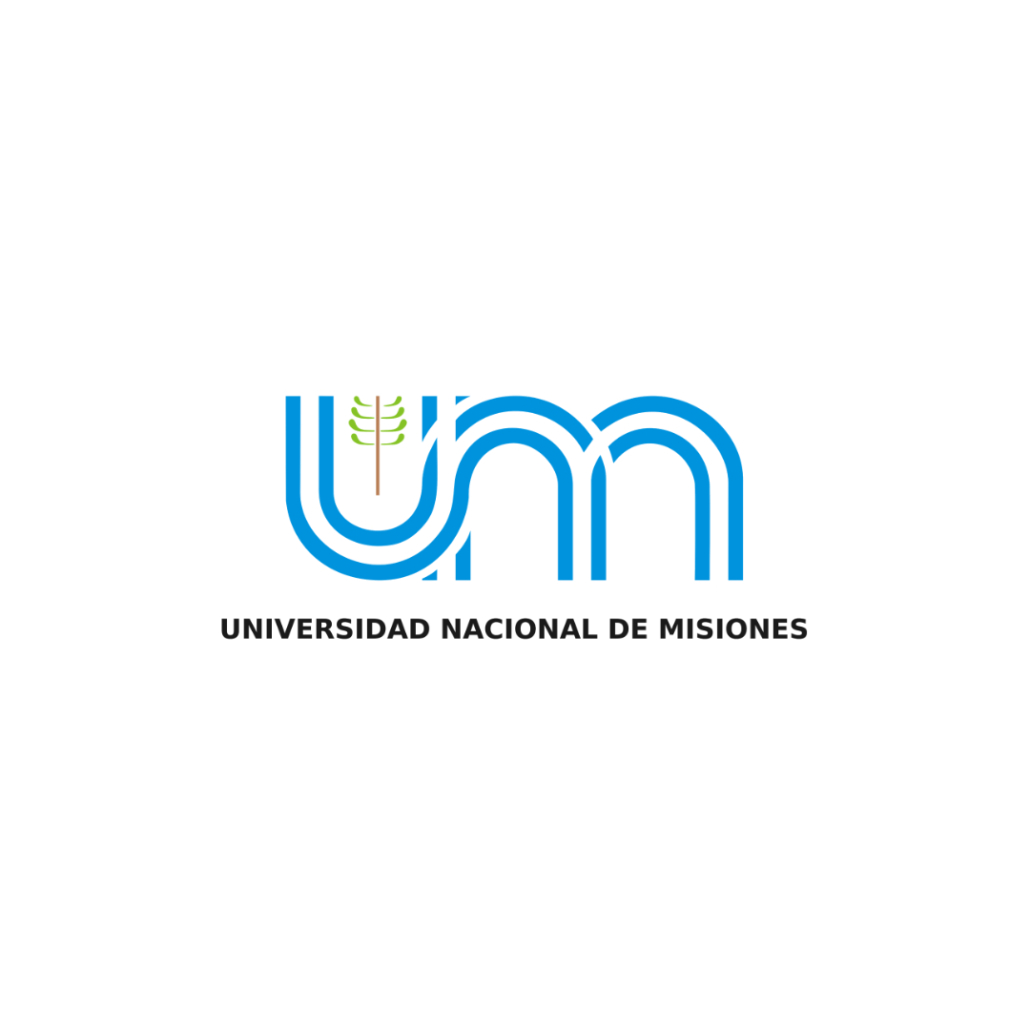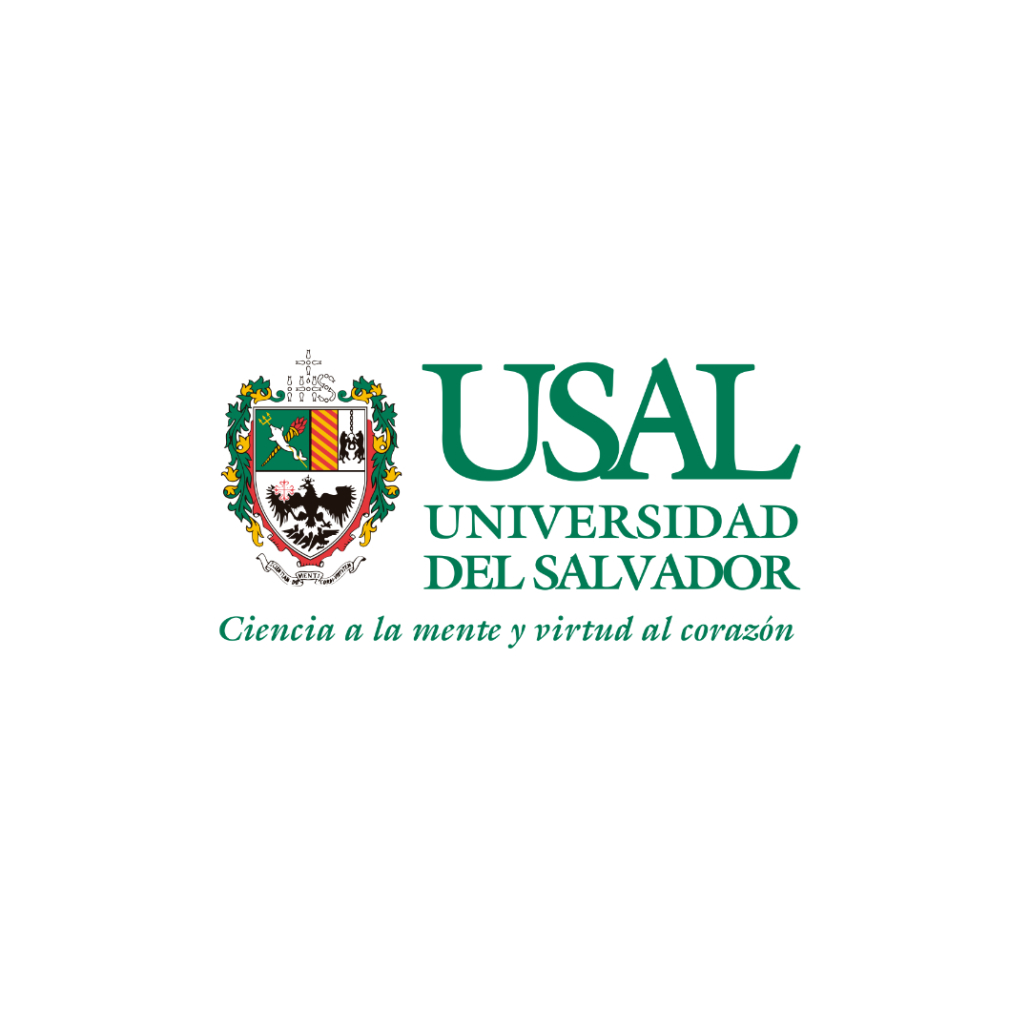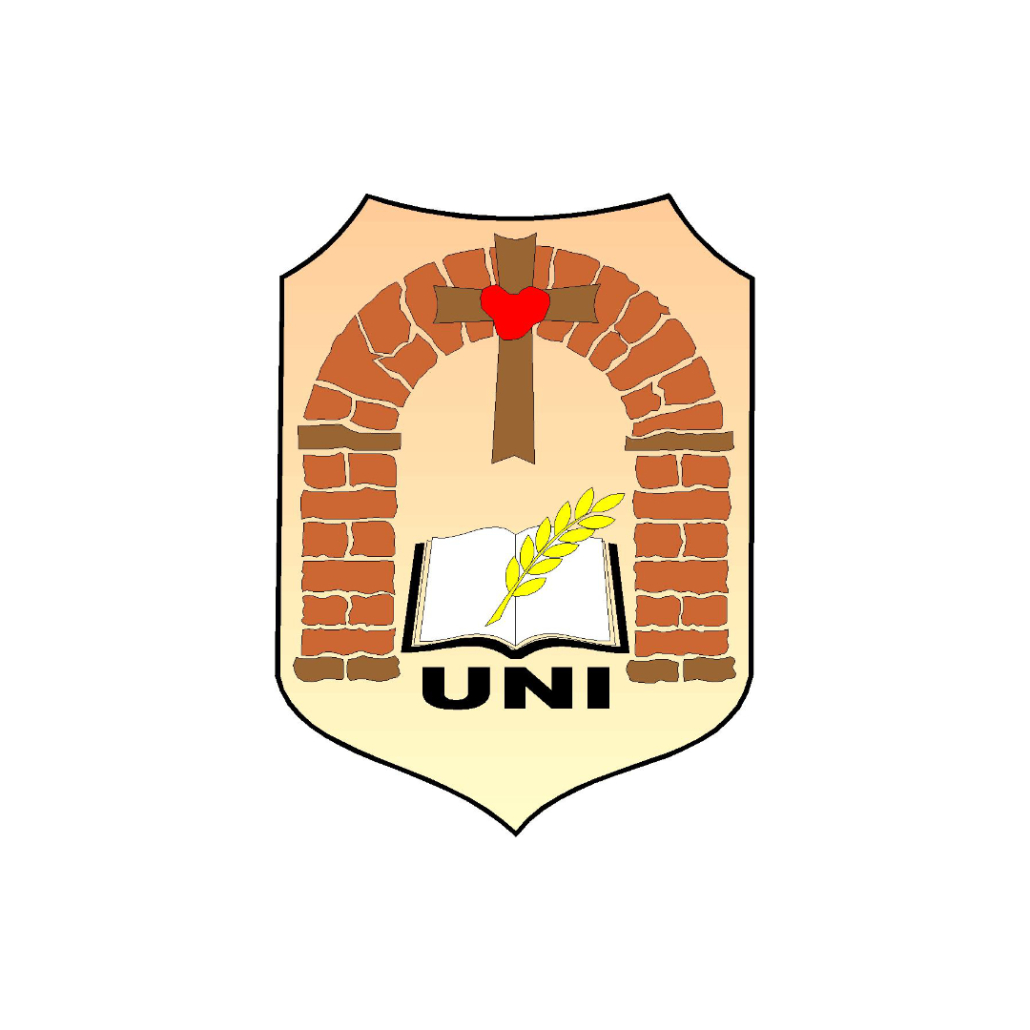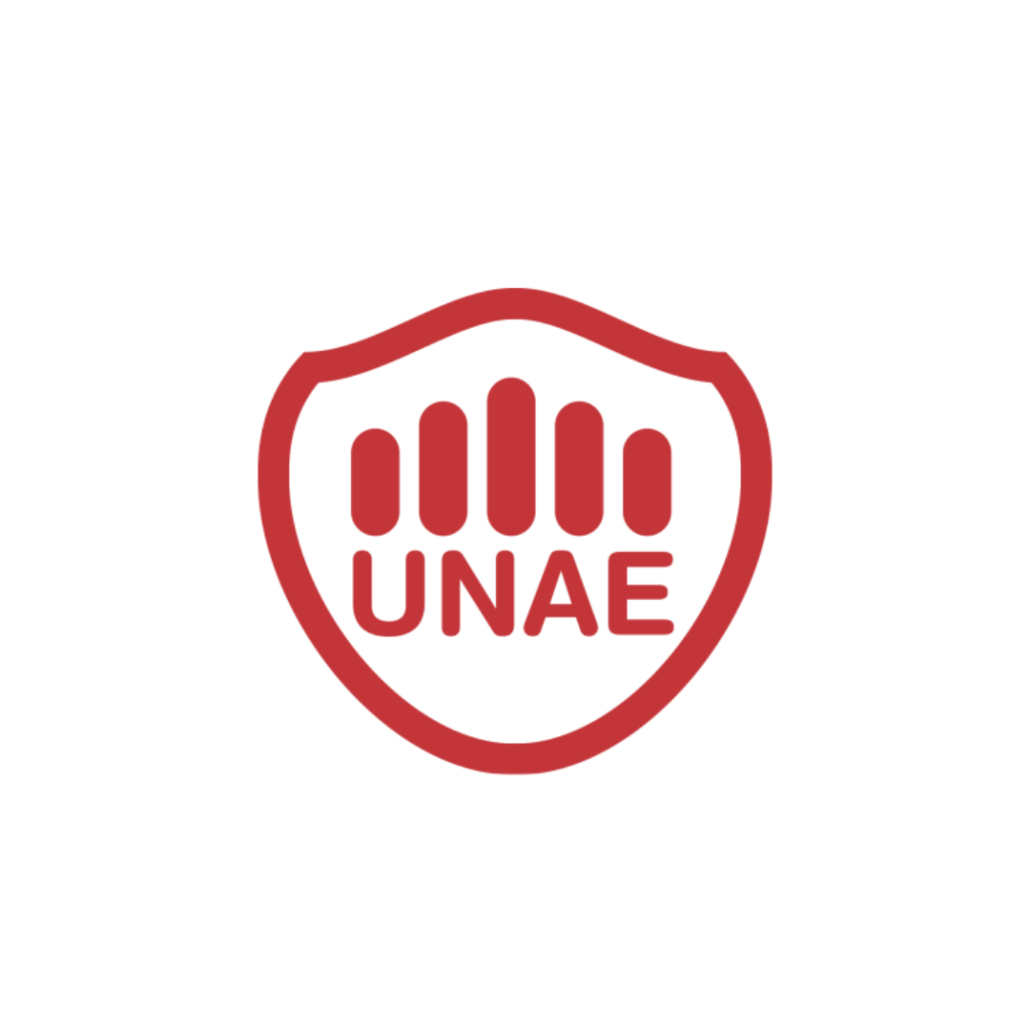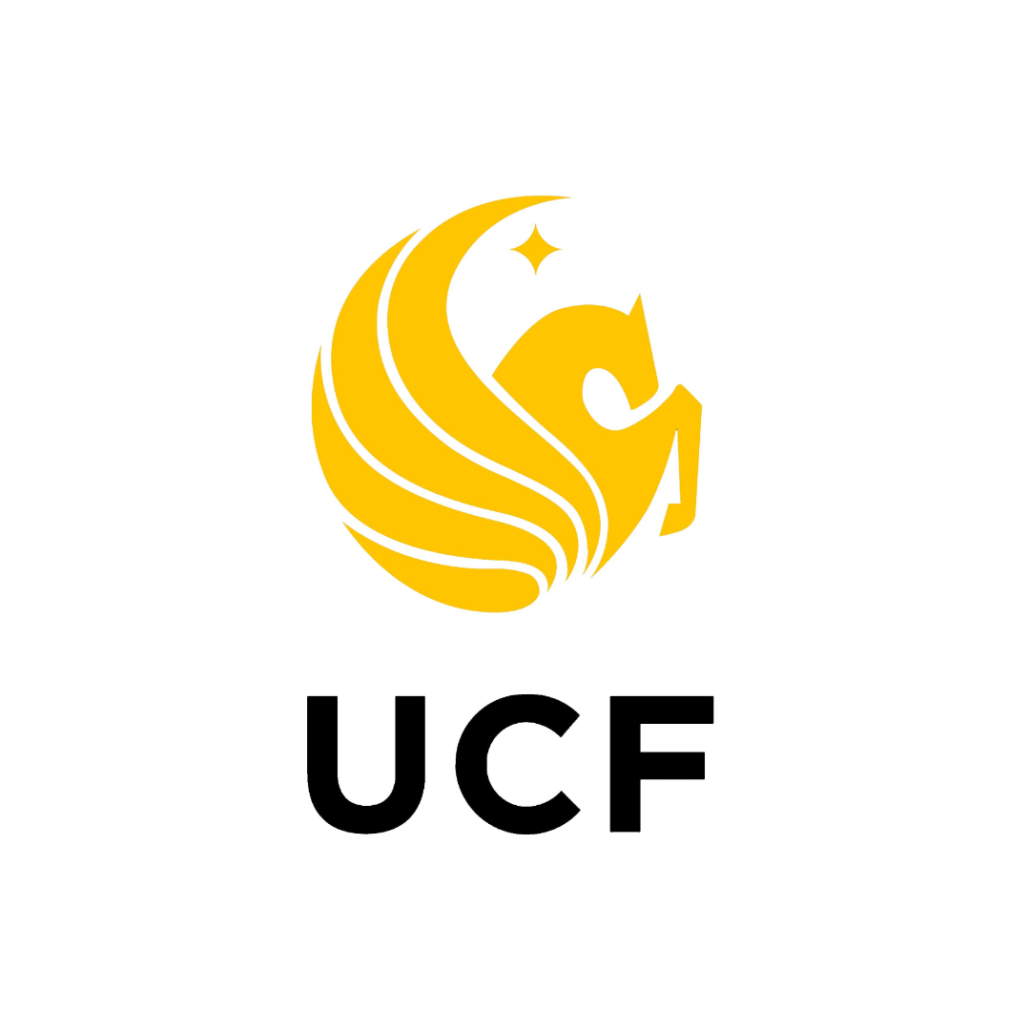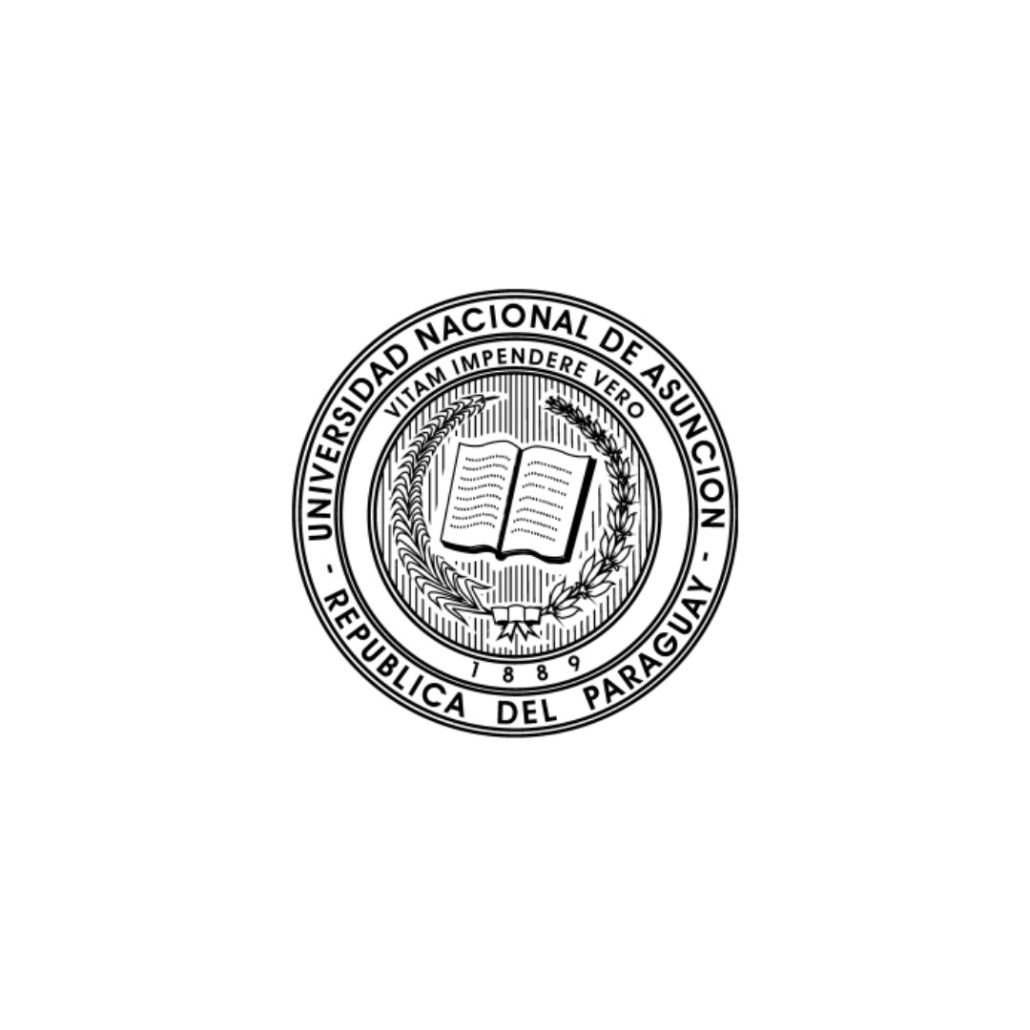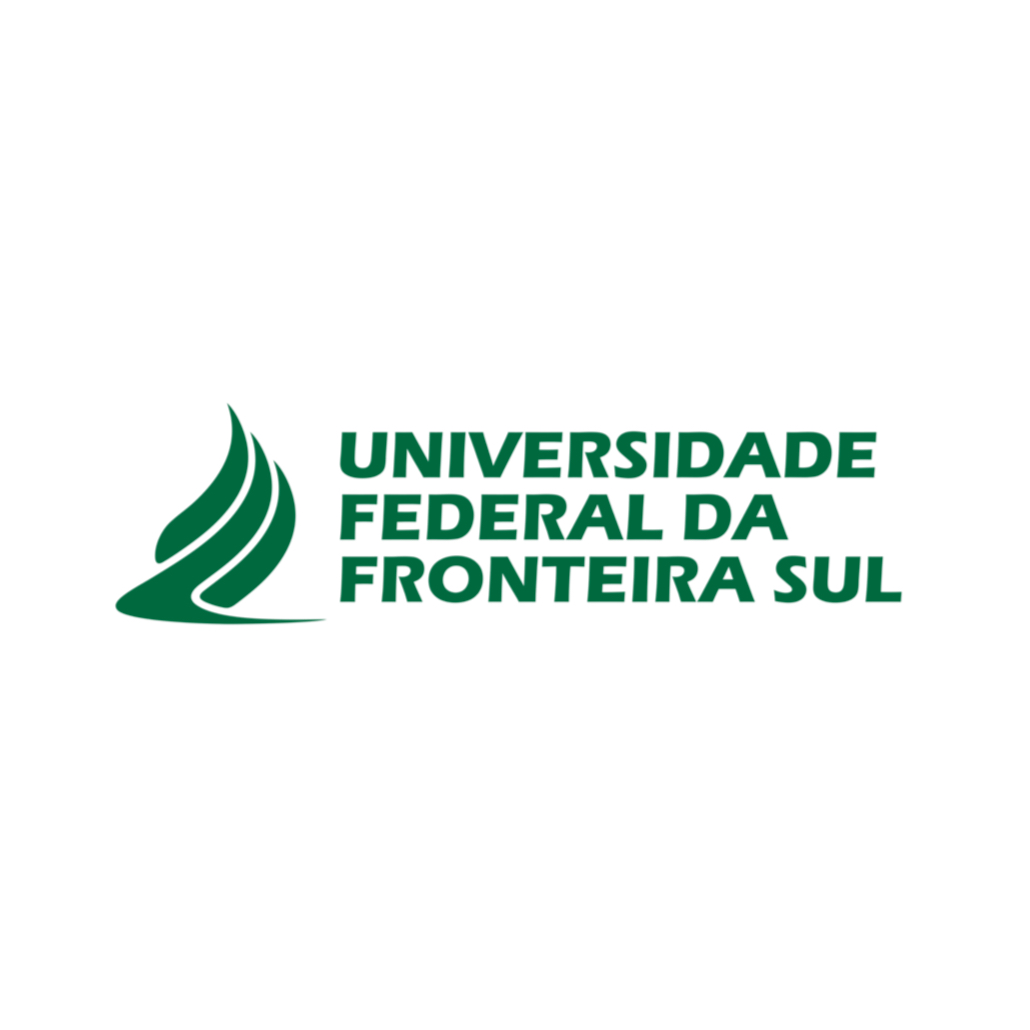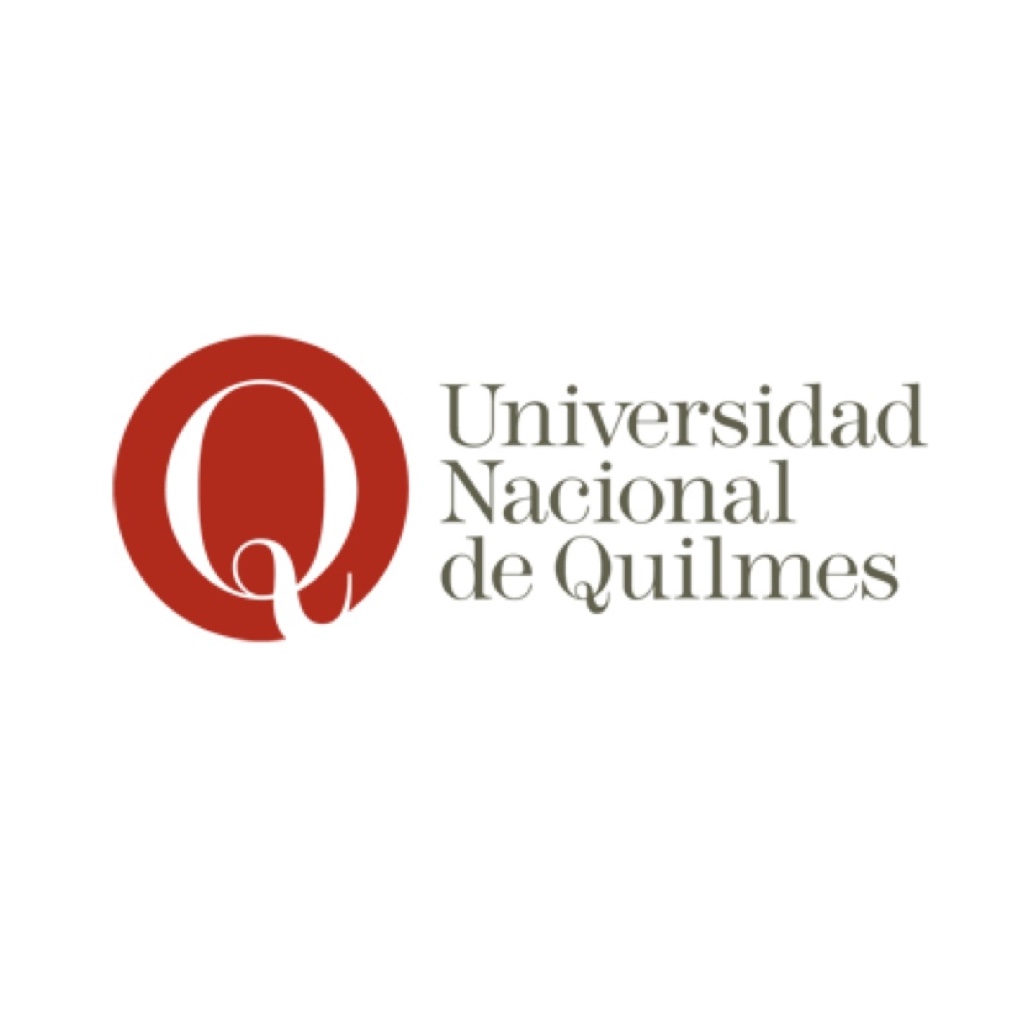The world of the Irish
DOI :
https://doi.org/10.24310/TSN.2020.vi9.13001Mots-clés :
Celt, Ancestry, Samhain/Halloween, Diaspora, Exchange, Traditions, TradeRésumé
The Irish — Who are they? The question was posed to Irish artist George Campbell by a Spanish friend in Pedregalejo the tiny Málaga fishing village where he resided several months each year since his arrival in 1950. The answer was simple. George replied: “The Irish are Spaniards who got lost”. This was meant as a tongue-in-cheek reply and the Spaniards did not get lost. There is some truth about the relationship between Irish and Spaniards, implied in Campbell’s reply. A connection that may be traced back to 900 AC. Controversy has surrounded this connection that allowed a strong, unusual relationship to develop and evolve over centuries. The relationship of two people, physically separated by an ocean has remained unbreakable; without impacting cultural, religious, economic and political ties. What/where is the link? Why is the relationship not found between either and other European countries geographically much closer? Discussions and heated conversations surround the answer. One link appears in all research as the only possible thread weaving through time — the answer — Celtic Ancestry. What does Celtic mean? Definitions abound always based on language. If language is the only connection how do shared attributes and similarities remain constant in religion, traditions, environmental beliefs, political inclination, etc. This can only be found in societies that share a common ancestry.
Téléchargements
Métriques
Références
Primary Source
Gutiérrez-Steinkamp, Martha (2019): Relations — Ireland and Spain 1965 to present. An illustrated journey.
Marie Tierney Smith: —Historian & Seanachie — All Things Irish— Federation of Irish Argentine Societies.
Sierra, José Antonio: Irish Cultural Institute, Málaga. Tusell, Javier (1995): Franco, España y la II Guerra Mundial: entre el Eje y la neutralidad. Madrid.
Whelan, Barry (2012): Ireland and Spain, 1939-1955: Cultural, Economic and Political Relations from Neutrality in the Second World War to Joint Membership of the United Nations. PhD thesis, National University of Ireland Maynooth.
Brian Girvin & Geoffrey Roberts (1999): Ireland and the Second World War.
Electronic Primary Sources
The Irish Times
Dáil Éireann Debates
http://www.debates.oireachtas.ie
Life and Time, The March of Time: Inside Fascist Spain, 1943 http://www.thoughtequity.com/videos
Electronic Newspaper/Magazines
Bahrami, Beebe (2003): “The Modern Celts of Northern Spain”, en Expedition Magazine 45.1 n. pag. Expedition Magazine. Penn Museum. Web 20 Jan 2019 http://www.penn.museum/sites/expedition/?p=6918
Spangenberg, Lisa (2002): Celts in the Bible? Yes the Galatians. Celtic Studies Research, January 7.
Archaeology. A publication of the Archaeological Institute of America.
Celtics in Spain: The Galatians. History.com.
Where the Celts come from and have lived for 3,000 years.
Central Staff Writers, Jul 29, 2016.
Ireland & Spain cultural relations. Michael Page, The Irish Times, February 14, 1973.
St. Patrick’s Day in Latin America. TheCostaRicaNews.com A shared culture — Janewalsh. Irish Central, Oct 31, 2013. Shamrock state? Irish population soars in Florida. Gerard Shields of the Sentinel Staff.
Enterprise Ireland. Going Global — Exporting to Spain — A Guide for Clients.
Téléchargements
Publiée
Comment citer
Numéro
Rubrique
Licence

Ce travail est disponible sous licence Creative Commons Attribution - Pas d’Utilisation Commerciale - Partage dans les Mêmes Conditions 4.0 International.








